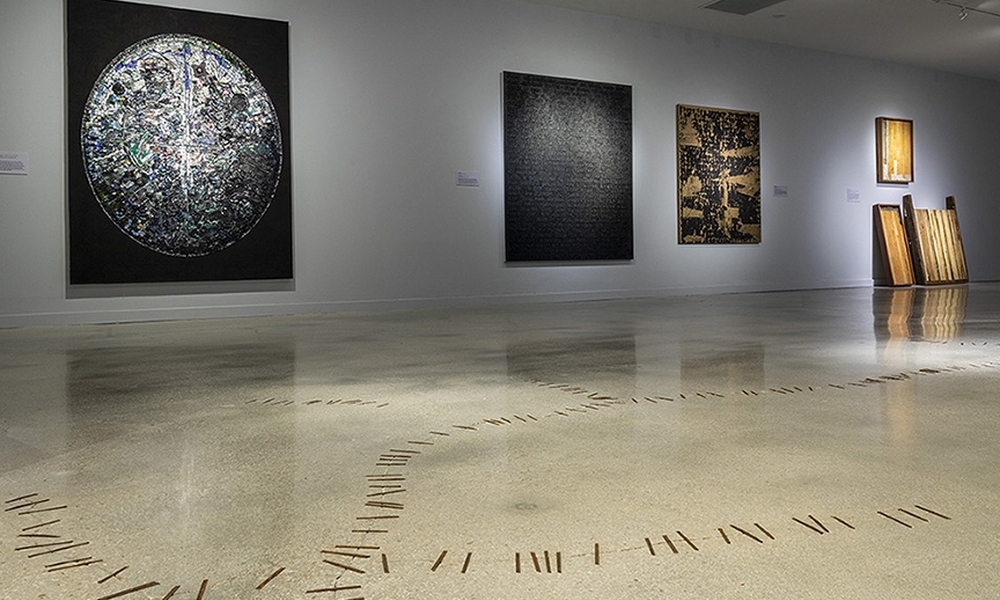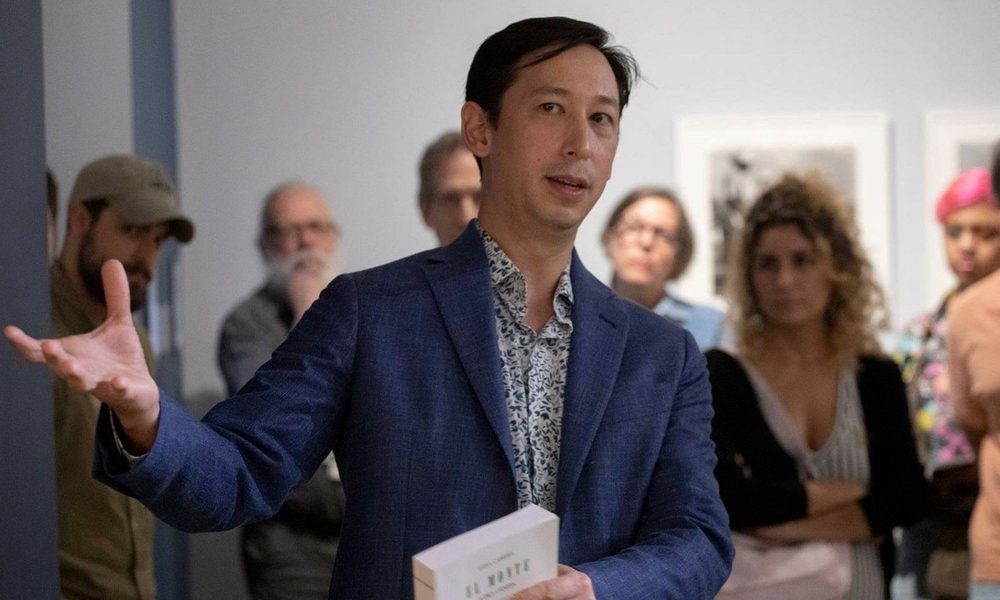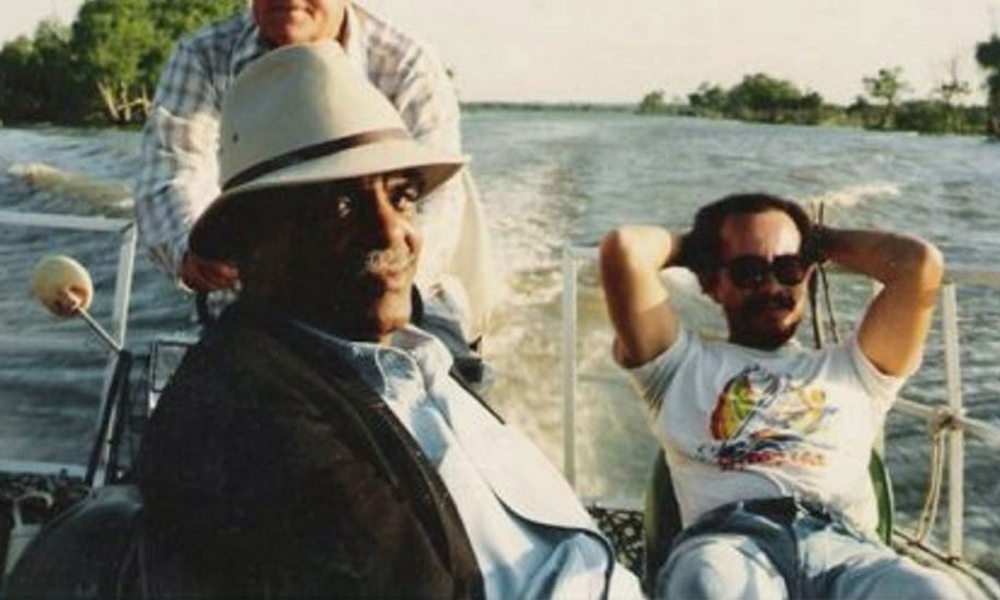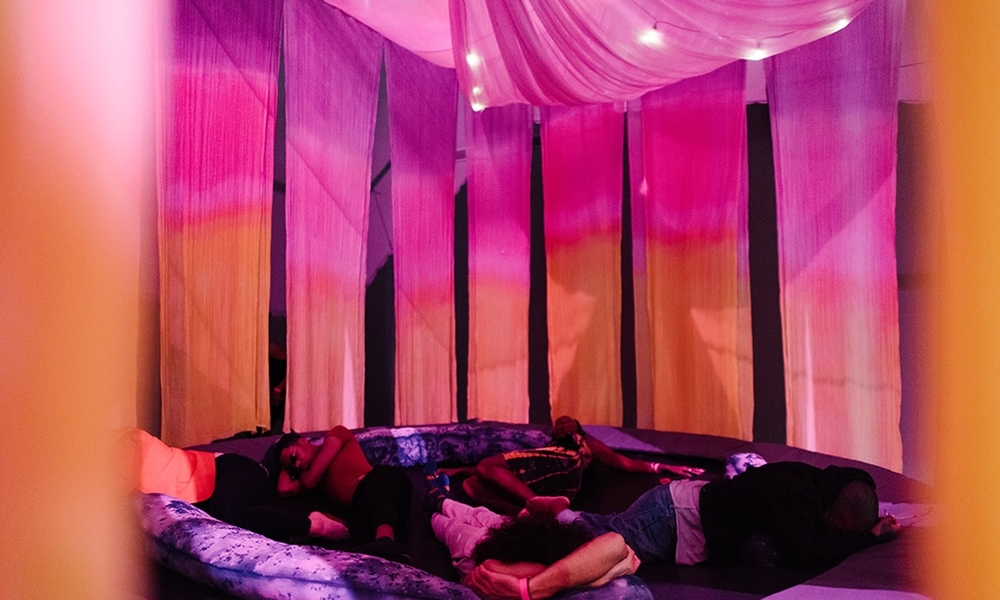Andros Zins-Browne:
The Chaos Opera
May 26, 2019, 4:00 PM
Freedom Tower, First Floor
Andros Zins-Browne: The Chaos Opera
The Chaos Opera, a boldly experimental performance by Andros Zins-Browne, combines multiple voices and multiple forms of music performed simultaneously. It draws upon Édouard Glissant’s defense of chaos as a mechanism for coping with and embracing difference. The performance brings together diverse musical traditions—R&B, bolero, death metal, rap, and opera—to explore how different voices might cohabitate in the same space without capitulating, assimilating, or forcing cohesion. Rather than the idealized harmonies of “fusion” music, it asks how different voices can maintain their opacity in relation to each other, and how such a cacophony might allow new forms, voices, and hybrid languages to emerge?
Andros Zins-Browne (born New York, New York, 1981) is an American choreographer who lives and works in New York and Brussels. His live and hybrid environments intersect with installation, performance, and conceptual dance, and have been presented at the Centre Pompidou; deSingel, Antwerp; EMPAC, Troy, New York; HAU Berlin; ICA, London; Kaaitheater, Brussels; MDT, Stockholm; Stedelijk Museum; and the Impulse Theater Festival. His solo Already Unmade, commissioned by the Boghossian Foundation, was performed at BOZAR Museum in Brussels, The Whitney Museum in New York, the Rockbund Museum in Shanghai, and Fondation Galeries Lafayette in Paris. He recently completed two collaborative performances with Will Rawls: The Tony Cokes Remixes for the 10th Berlin Biennial, and See-Saw, an original reinterpretation of Simone Forti's piece in the Judson Dance exhibition at the Museum of Modern Art (MoMA), New York.
The Chaos Opera inaugurates the exhibition Where the Oceans Meet and follows a panel discussion with two artists in the exhibition—Zins-Browne and Daniel Boyd—and two of its curators—Asad Raza and Rina Carvajal. They consider how ideas found in the writings of the Cuban painter, scholar, and ethnographer Lydia Cabrera (1899–1991) and the Martinican philosopher, poet, and literary critic Édouard Glissant (1928–2011) resonate in the creative practices of Boyd, Zins-Browne, and other artists in the exhibition. How do notions the two Caribbean writers explored—ideas such as globality, creolization, and cosmology—help us makes sense of origins, history, and our contemporary moment?
Where the Oceans Meet engages the pioneering thought of Cabrera and Glissant, two key figures who devoted their work to thinking through borders, both physical and ideological. The exhibition comprises an international group of artists and collectives that consider notions of shifting and porous borders—and how crossing borders has shaped our world. They articulate various aspects of the two scholars’ thoughts on race, diaspora, colonialization, creolization, language, and territory, particularly with regards to Miami’s position in a world that never stops turning.
Where the Oceans Meet is curated by Hans Ulrich Obrist, Asad Raza, Gabriela Rangel, and Rina Carvajal. It is made possible by generous support from the Miami-Dade County Department of Cultural Affairs and the Cultural Affairs Council, the Miami-Dade County Mayor and Board of County Commissioners; and the State of Florida, Department of State, Division of Cultural Affairs and the Florida Council on Arts and Culture.
Andros Zins-Browne, The Chaos Opera, performance view, Freedom Tower, First Floor, May 26, 2019. Photo by Andres Manner. © Museum of Art and Design at MDC.
Andros Zins-Browne, The Chaos Opera, performance view, Freedom Tower, First Floor, May 26, 2019. Photo by Angel Valentín. © Museum of Art and Design at MDC.
Andros Zins-Browne, The Chaos Opera, performance view, Freedom Tower, First Floor, May 26, 2019. Photo by Angel Valentín. © Museum of Art and Design at MDC.






